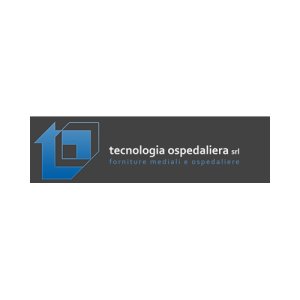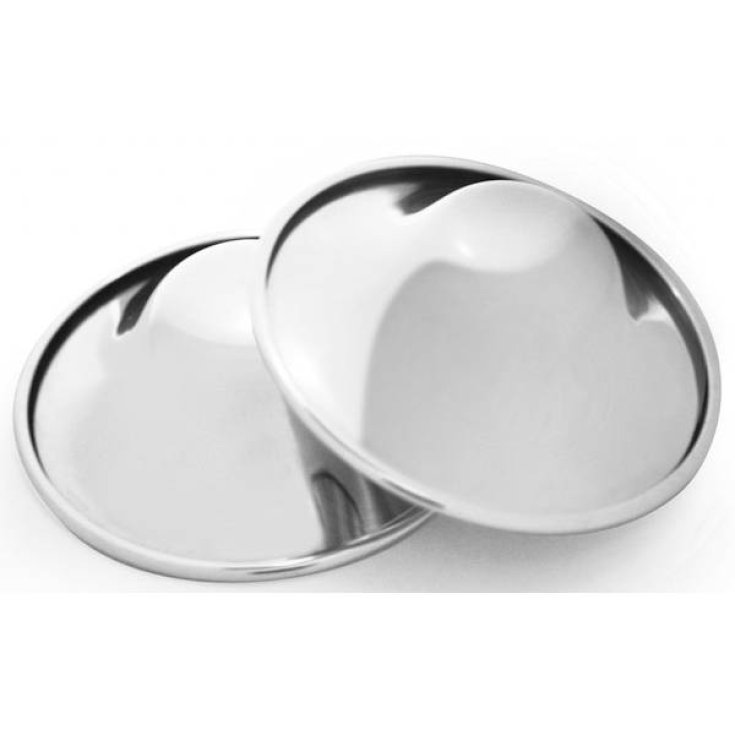Silverette Mini Silver Cups Nipple Protection 2 pieces

- Brand: TECNOLOGIA OSPEDALIERA Srl
- Product Code: 921491965
- EAN: 8050762711463
- Availability: In Stock
- Purchase 3 items for 40.96€ each
- Purchase 4 items for 40.13€ each
- Purchase 5 items for 39.29€ each
The anatomical shape with rounded apex respects the conformation of the nipple. Preventive use is recommended. They do not contain nickel.
METHOD OF USE: After feeding, leave a drop of milk in the cups and make them adhere to the nipple like a sucker. They are worn under the bra. Rinse the nipple before breastfeeding.
CLEANING AND MAINTENANCE: To clean Silverette Cups, prepare a cream with water and bicarbonate, pass it over the entire surface of the cups, rinse thoroughly and dry.
The treatment of superficial open skin lesions makes use of numerous preparations such as denatured alcohol, mercurochrome, antiseptic solutions. In general, antibiotic ointments and powders are not recommended as they delay the fall of scabs and can select strains of antibiotic-resistant bacteria. In the presence of nipple fissures or predisposition to their formation, almost all of the aforementioned substances can be harmful to the infant, hence the idea of using silver that does not require interposed carriers. The most recent experimental researches reveal that the bactericidal action of the metal occurs above all when the latter is present in the ion state, therefore the use of silver "in the metallic state" is preferable to the salified or colloidal one. The cleansing of the areolar skin and the use of silver cups therefore represents a measure to prevent the formation of nipple fissures, valid and above all harmless not only for the infant but also for the mother, as silver has no allergenic activity. and, not exceeding the dermal layer, it does not carry out systemic activity. The healing action of silver, as on the other hand of many substances that are labeled as such, should not be understood as a direct action on a pathophysiological process whose mechanisms are not yet well known. Rather, it is the indirect effect of the contrasting activity exerted on the bacterial load present on the bloody surface, so that the reparative process becomes faster the lower the quality of the bacterial load present.

